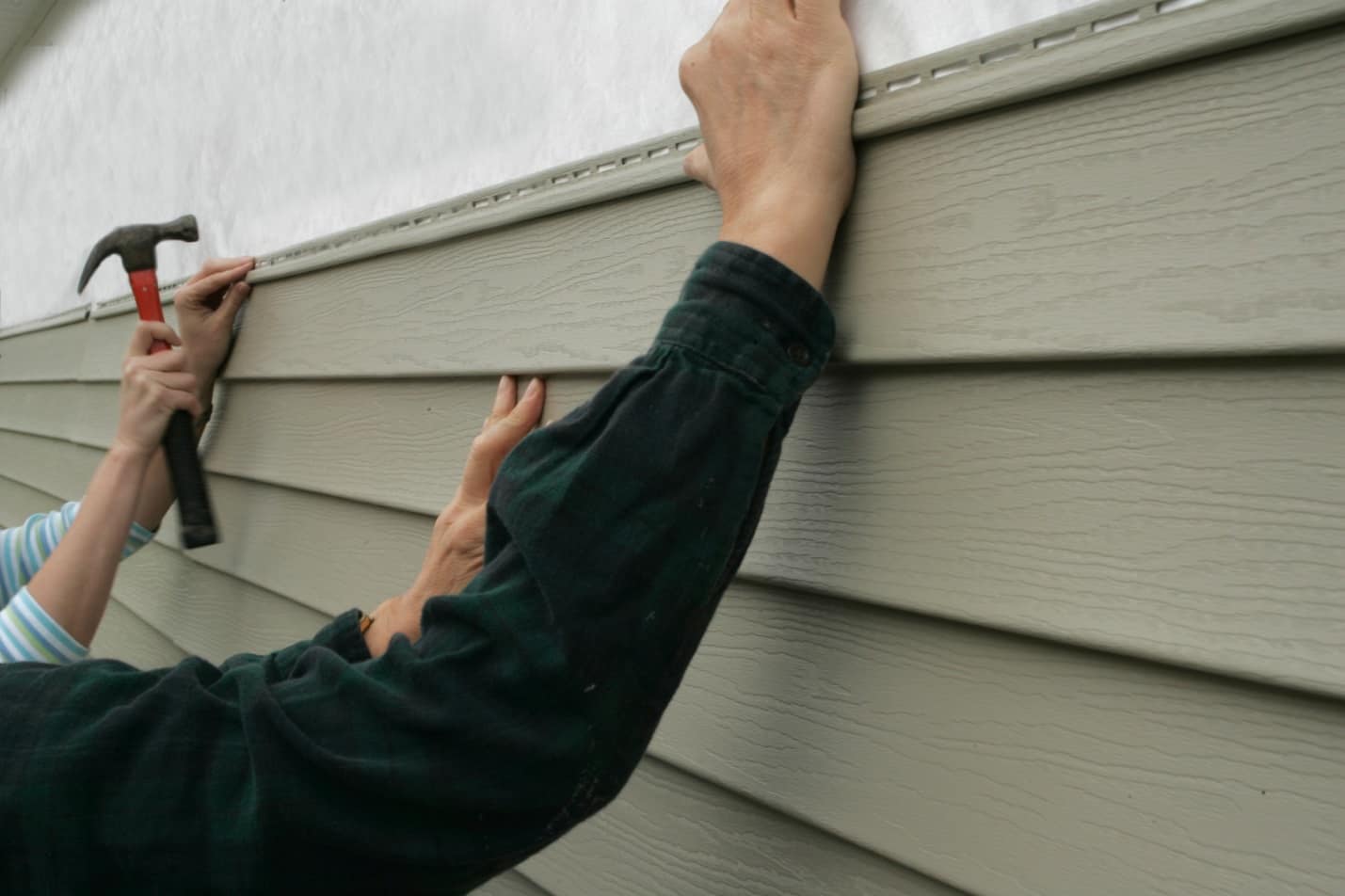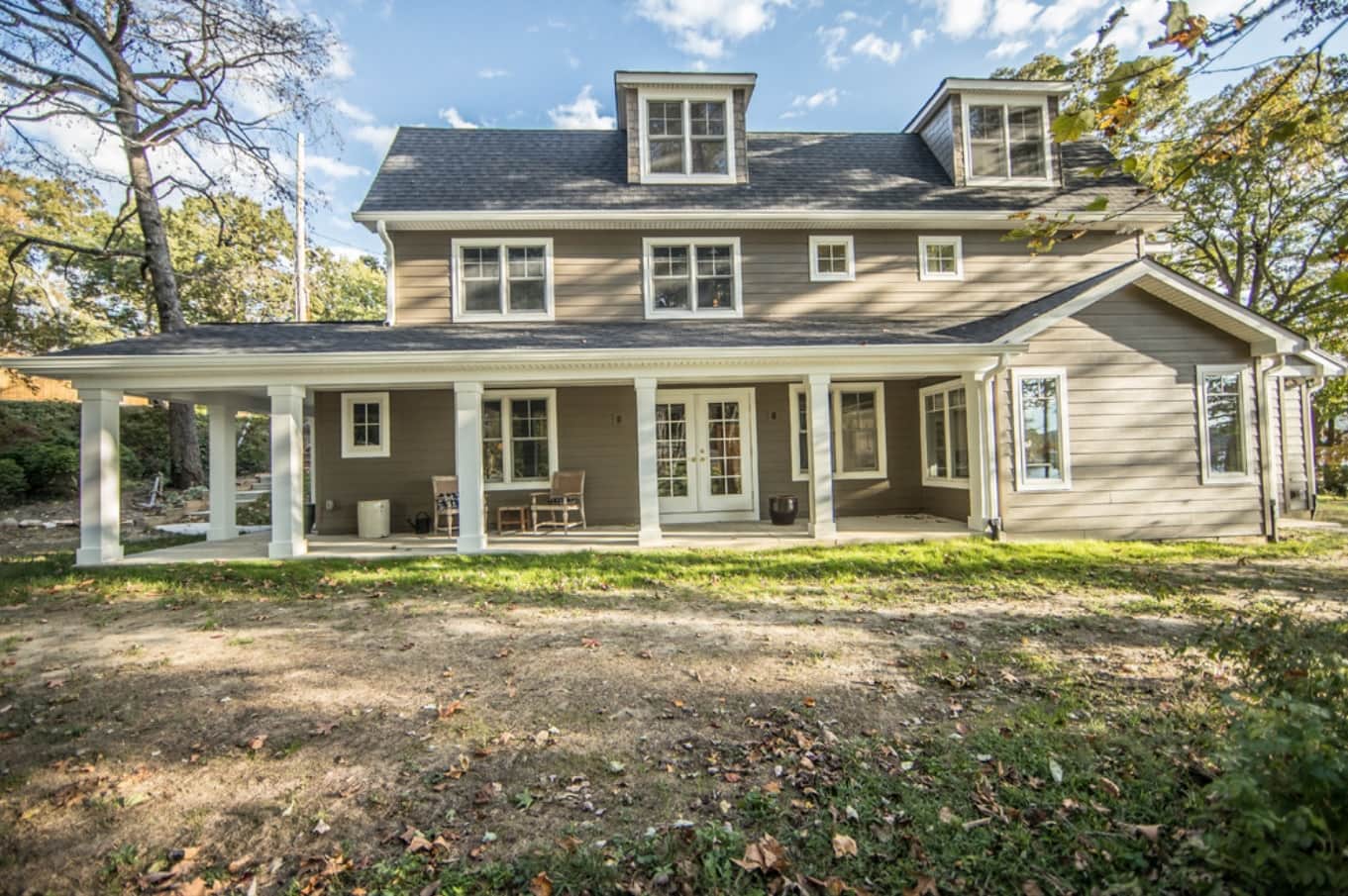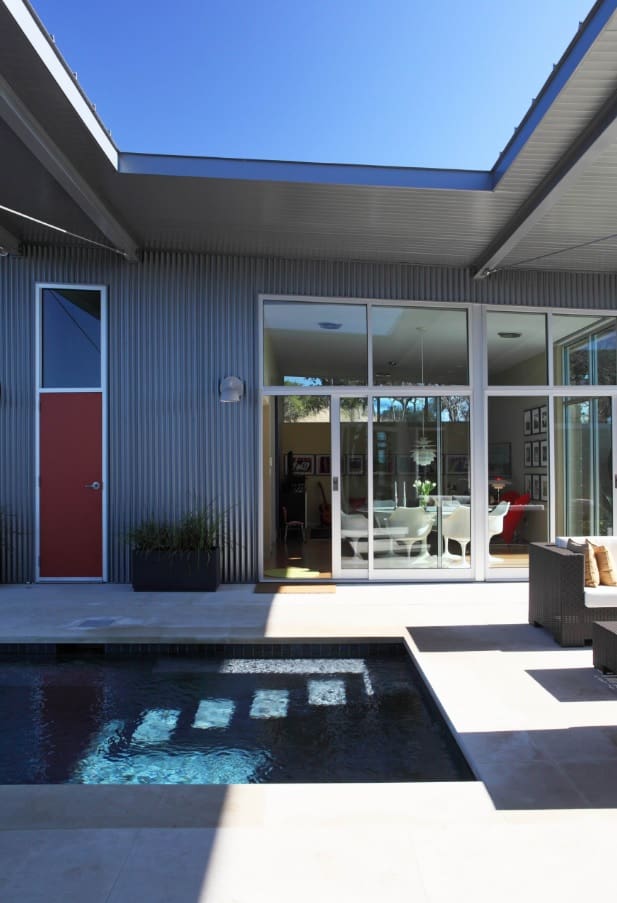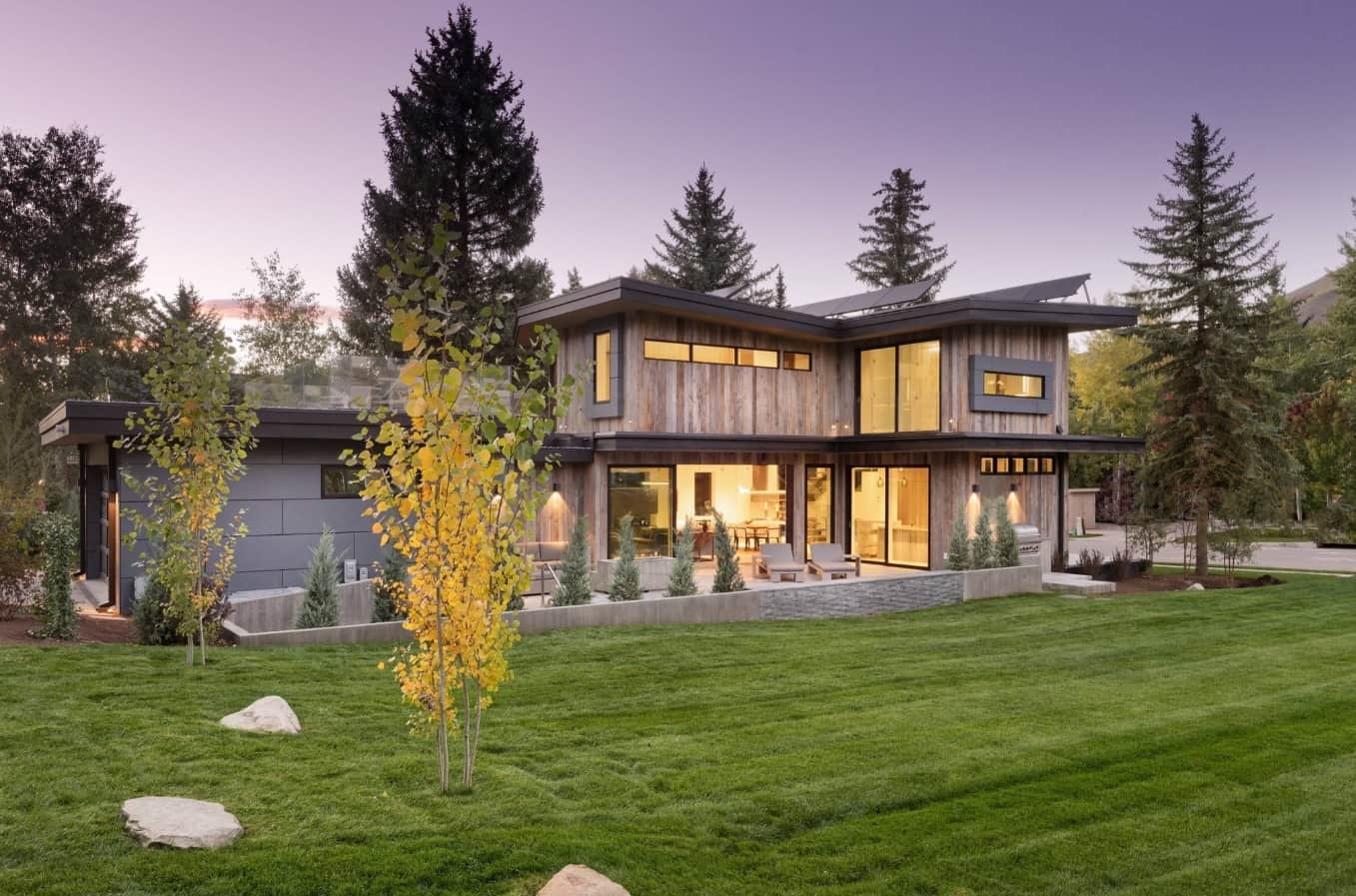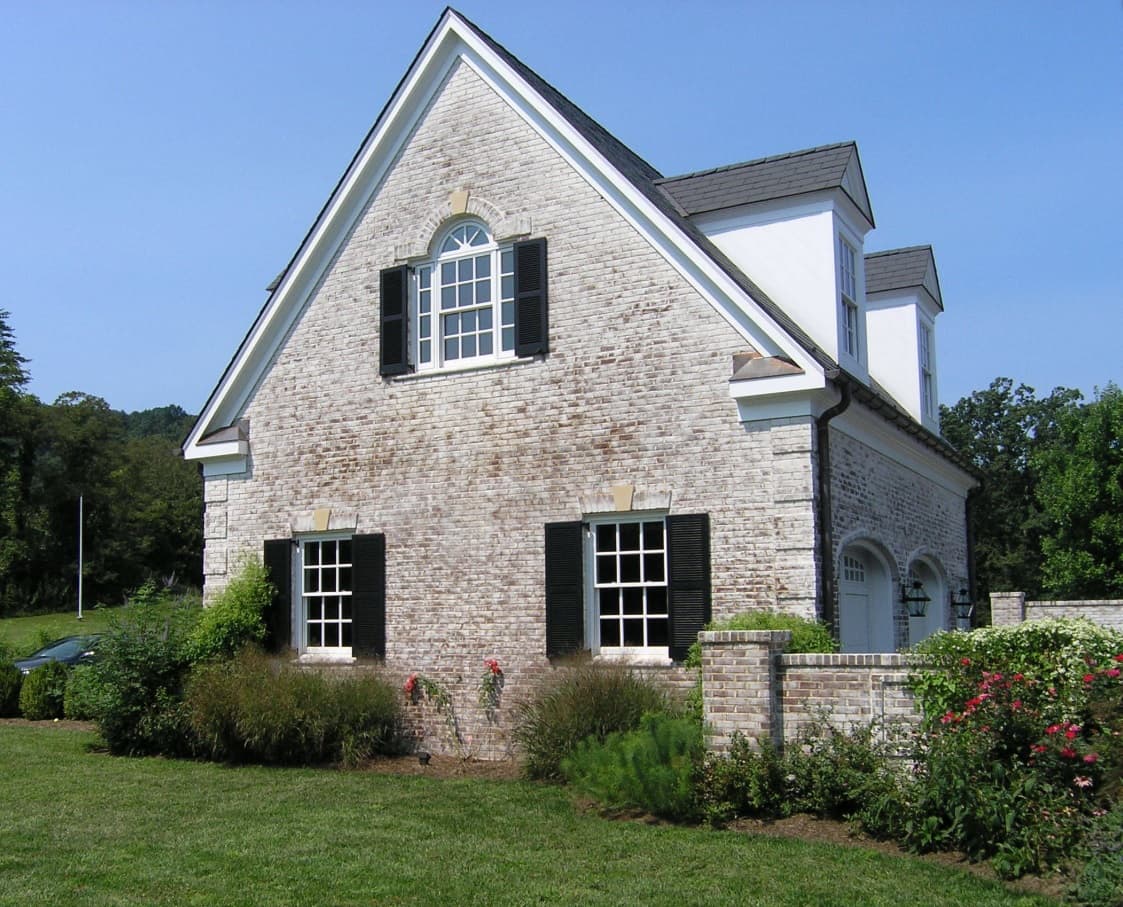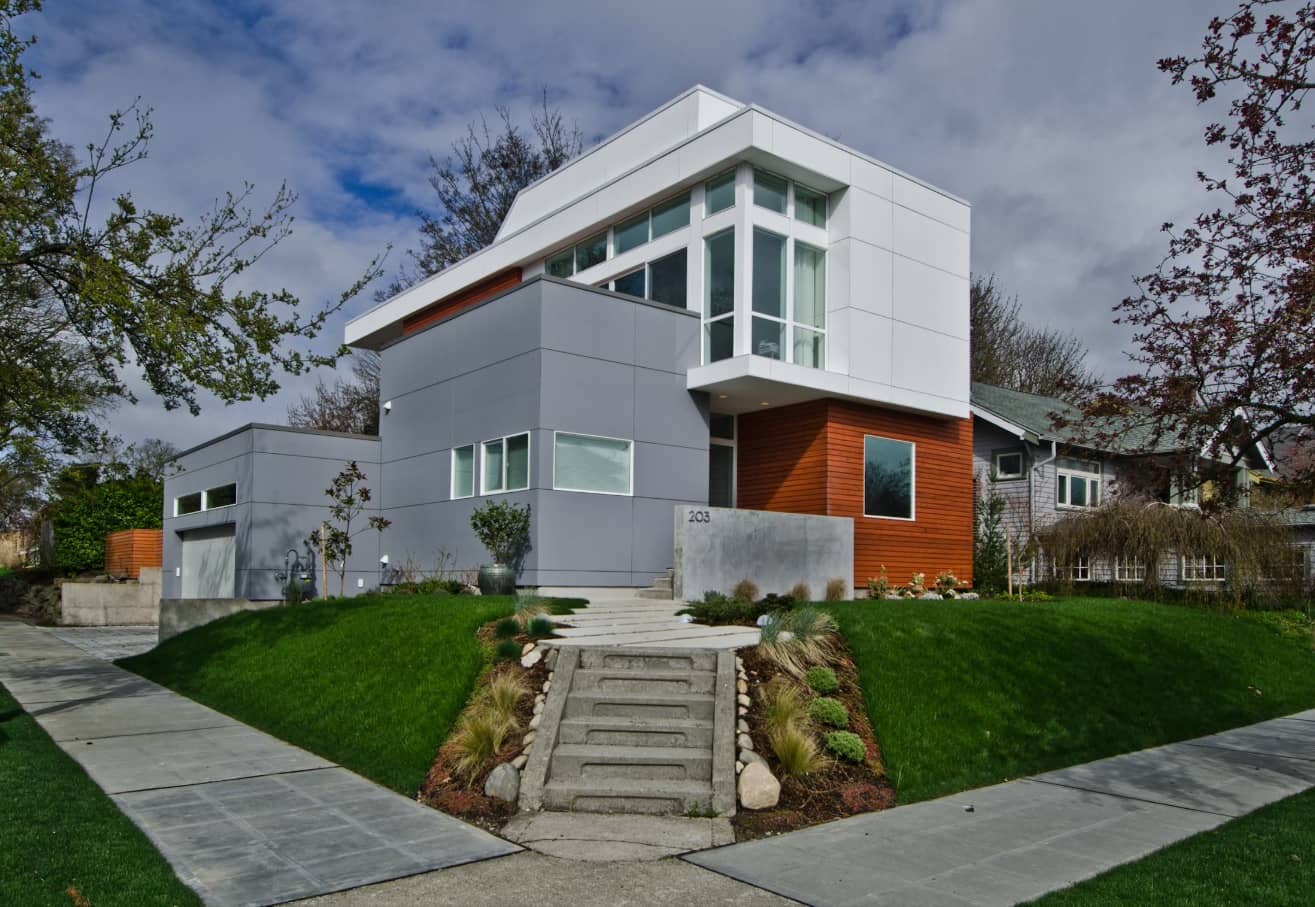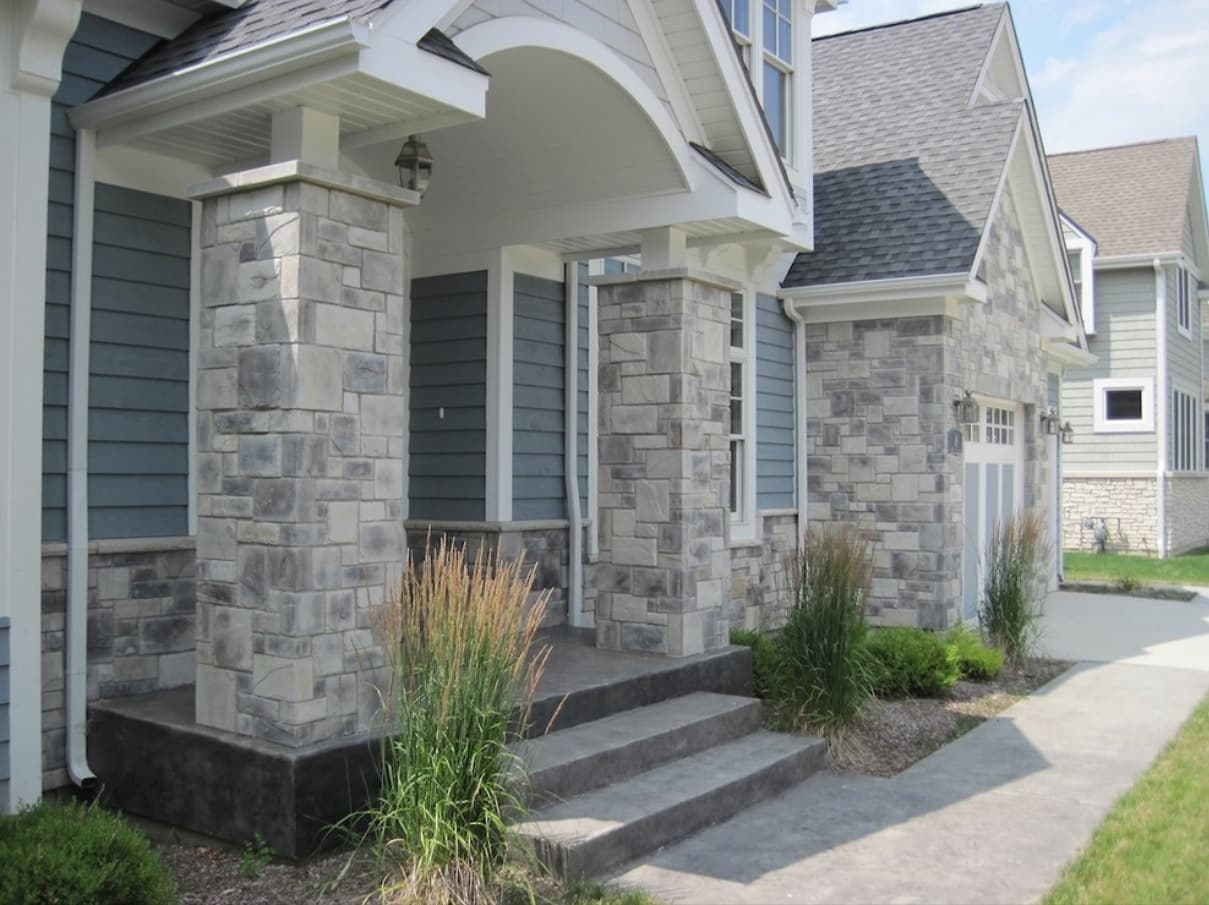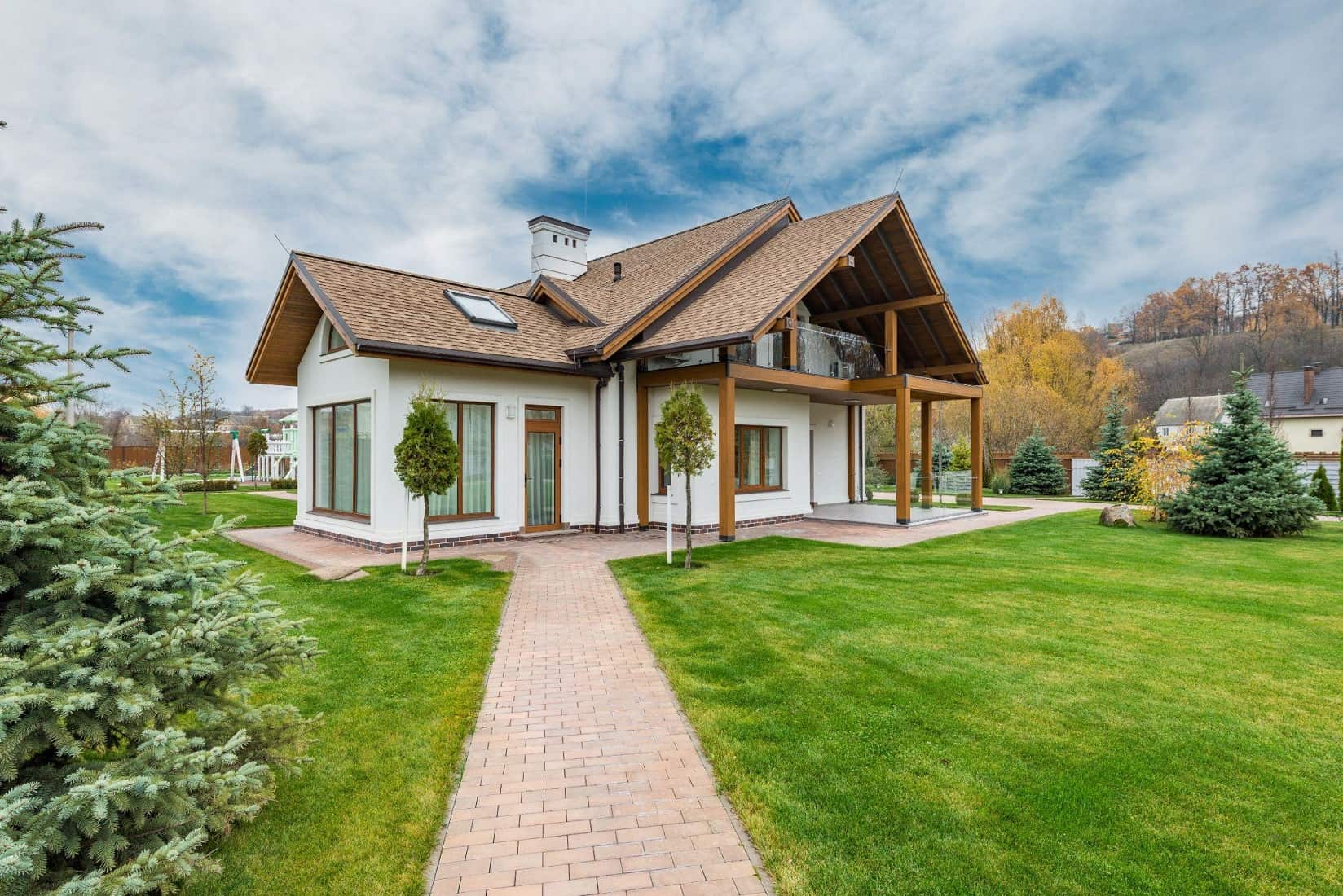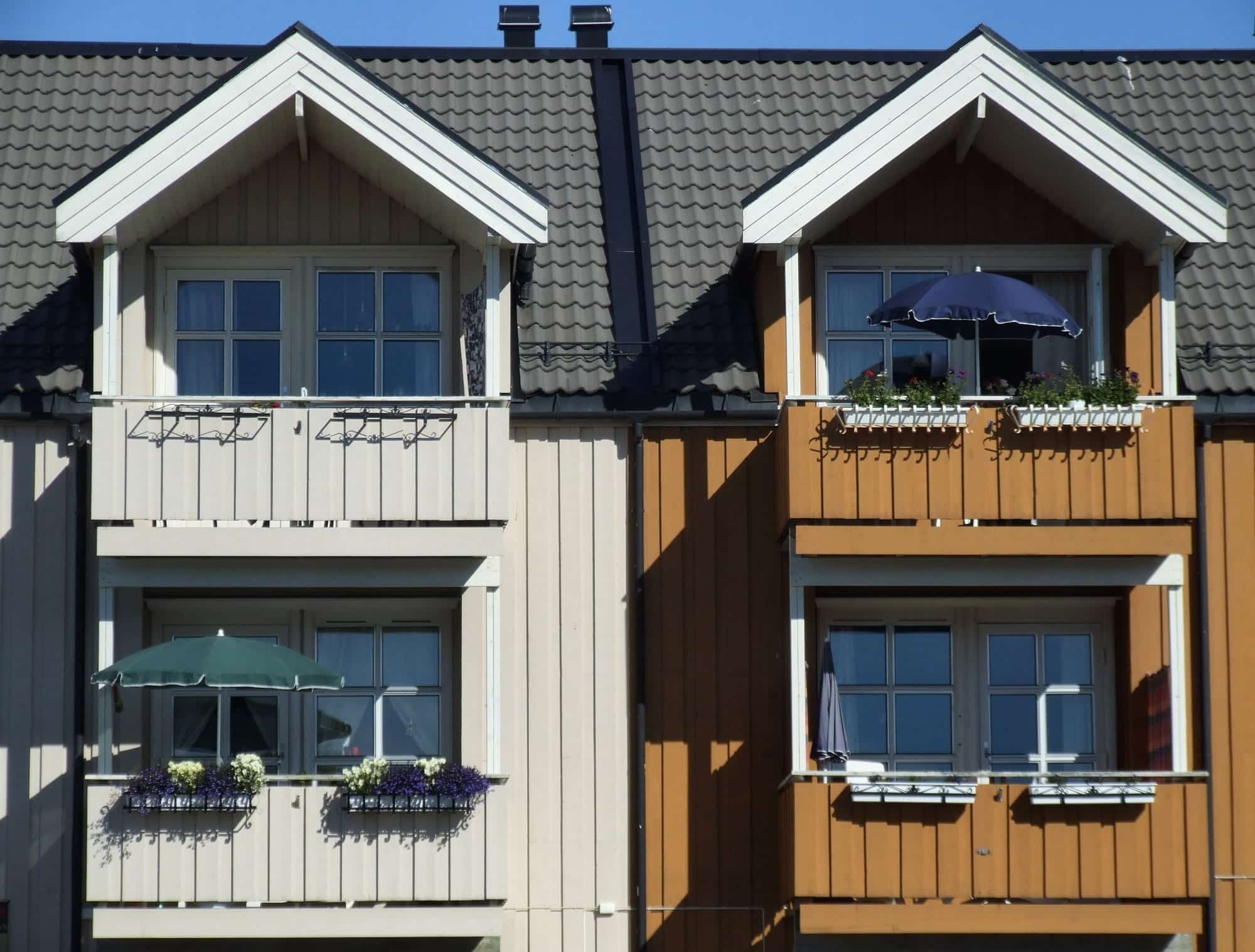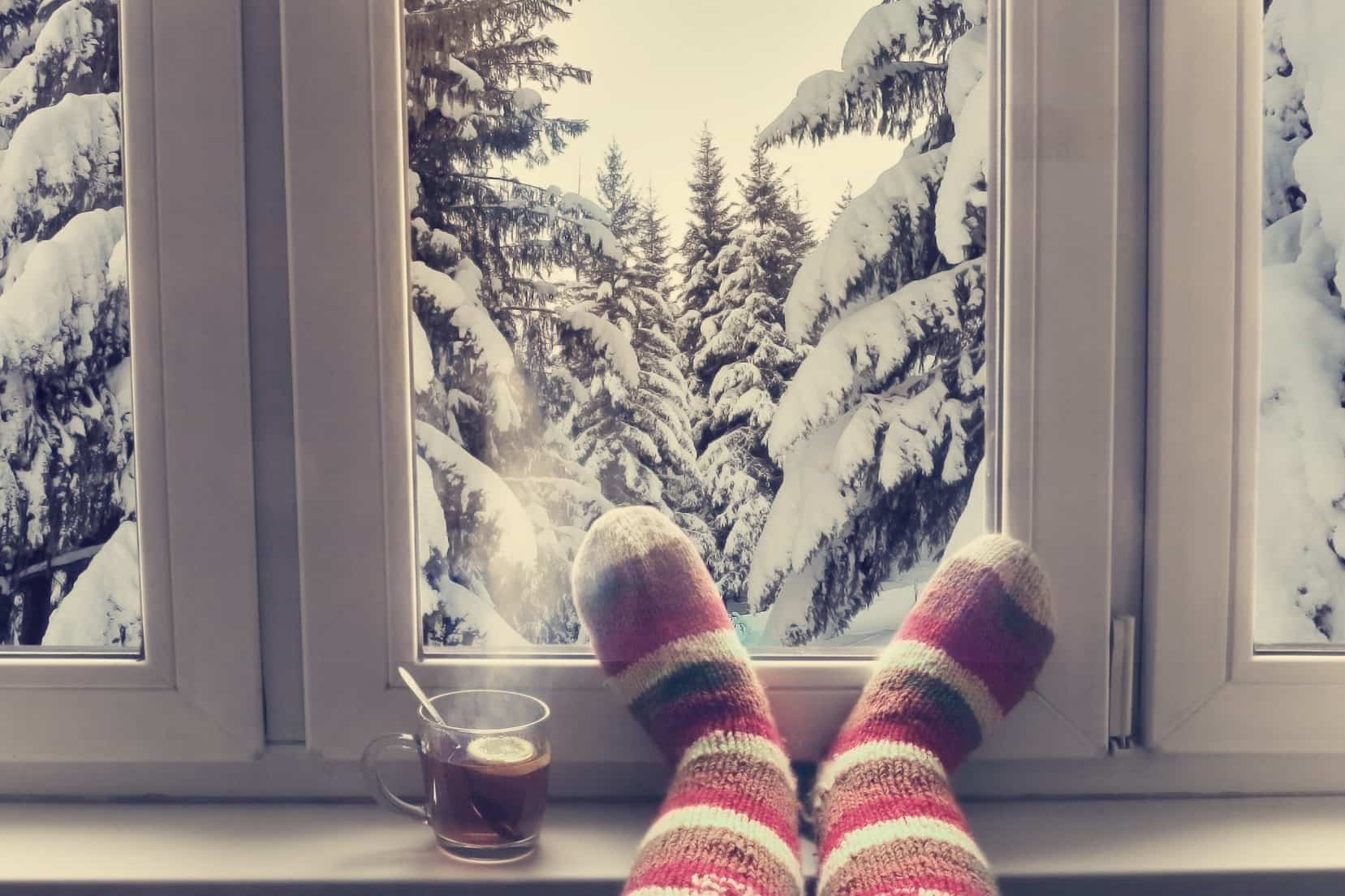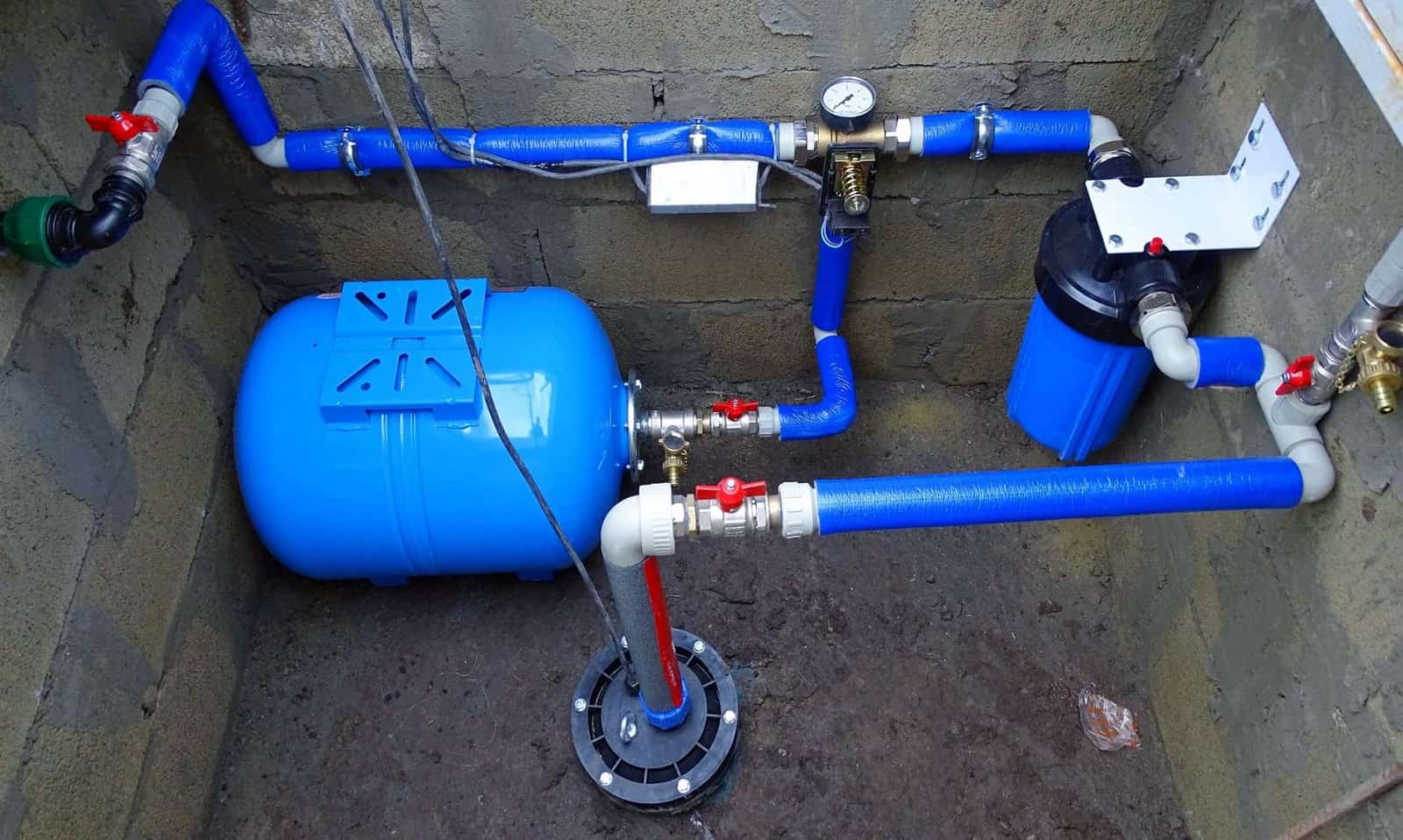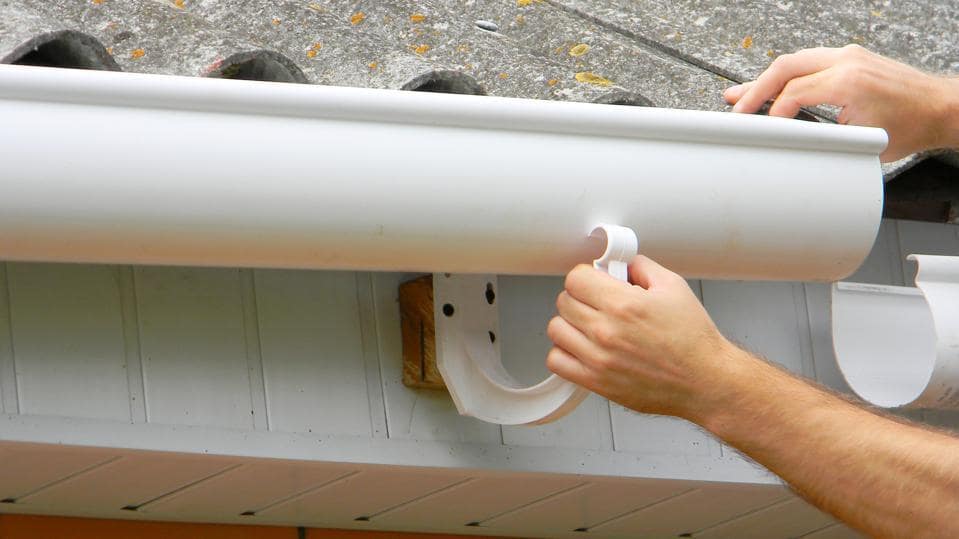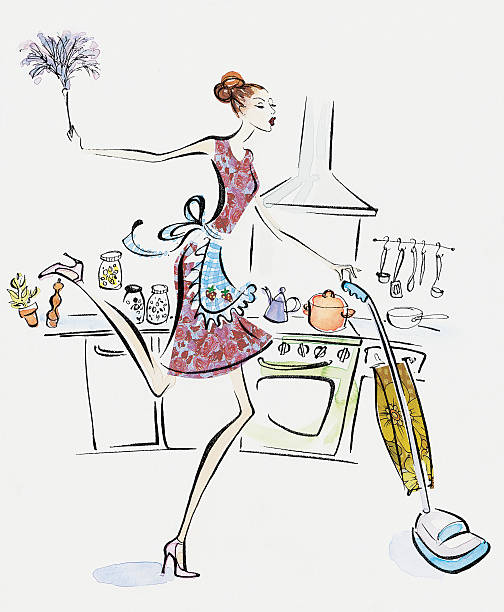There are many different types of house siding that you can choose for the exterior of a home. Check out this list along with how they compare and contrast.
Contents:
Home upgrades are rarely simple, and that rings true with house siding! Not only does exterior siding increase the aesthetic appeal of your home, but it also acts as the first guard against inclement weather.
Read on as we guide you through the different types of house siding so that you can make your most informed choice.
Different Types of House Siding: Factors to Consider
Before you choose which material you like the most aesthetically, consider these factors to help you make an informed decision:
- Water Resistance – Materials that are more water-resistant will last longer and prevent decay.
- Energy Efficiency – The higher the R-Value of a material, the better the thermal insulation.
- Eco-Friendly – Some materials are more eco-friendly than others, such as fiber cement and wood.
- Cost – It’s recommended to have a budget in mind before beginning to weigh your options.
Vinyl
Vinyl is the most popular type of siding, and for good reason. Not only can it last up to 40 years after installation, but it also provides an array of color options while remaining low cost. It can be installed relatively quickly, contributing to lower labor costs. Ask the guys from Siding Nanaimo to get a quote that won’t break the bank.
You also have options on the kind of texture and the quality of the materials, such as vinyl that’s textured like wood, or insulated vinyl for colder climates.
Last but not least, vinyl requires a simple power hose and water to clean.
Although it’s durable, dents and gashes from tree limbs, baseballs, or hail can appear. Vinyl is also known to warp under extreme heat or cold and isn’t completely waterproof. If it’s installed poorly, this can lead to mold, and you’ll need to invest in additional repairs.
Metal
Metal is unique in that it’s commonly associated with modern style buildings, and the most common types of metal materials are aluminum and steel.
Metal is particularly resilient in that it can’t develop mold or rot, it can stand up against fire, and the color won’t fade. Because it’s cut precisely with a minimal amount of waste material, it can be considered a green product.
However, if it isn’t properly sealed and finished metal is prone to rust. Much like vinyl, it can accumulate dents and scratches. And since it’s heavy, the installation will take longer with increased labor costs.
Wood
Wood is a timeless look for its natural ability to make a home appear warm and inviting. You can choose between spruce, pine, fir, cedar, and redwood. It also comes in four different styles: clapboard, shakes or shingles, board, and batten, or engineered wood.
Another option is engineered wood siding that’s similar to vinyl, but with some notable differences. Check out this article for more information.
Since wood is light, installation is quick and labor costs are low. However, choosing quality wood grades will drastically increase its price.
It can help your home become more energy efficient because of its higher R-Value, and small parts of it can be easily replaced if damaged.
Maintenance costs from insects, woodpeckers, and water damage will add up. Wood also needs to be stained every 2 to 3 years and repainted every 4 to 5.
Brick
Brick is a true investment as it can last a lifetime – up to 100 years and even more. It gives homes a rustic, elegant look.
Of course, you won’t need to worry about fire, termites, or wood ants with this hardy material, and it never needs to be repainted or finished. Because it’s so durable, your home insurance will lower accordingly.
It does come with a caveat – brick is expensive, and can range from $10 to $15 per square foot. It has a long installation time compared to other materials.
Fiber Cement
Fiber cement is a mixture of wood fibers, sand, and cement. It’s capable of mimicking the look of natural wood siding, stucco, or masonry. However, it does this without all the caveats, such as providing fire resistance and no maintenance costs from insects and water damage.
Much like vinyl, fiber cement is easy to maintain and can last up to 15 years without fading or chipping, but it does cost 2 to 3 times as much.
Stucco
Stucco is a mixture of lime, sand, and cement. It gives the appearance of a traditional Spanish style home. You can choose between traditional 3-coat stucco or synthetic.
Similar to brick, stucco can last up to 100 years and doesn’t have insect or rot issues. Damage is also simple and budget-friendly to replace.
Since it appears from a distance as a flat finish, weathering and dirt show up more easily. Another aspect to worry about is cracking if your home’s foundations move. Lastly, it’s not an ideal option if you live in a place with heavy rainfall.
Stone
Stone is considered the most luxurious option for siding. Not only does it give a building an austere, timeless appearance, but it will also last a lifetime.
Natural stone is resistant to insects, moisture, extreme temperatures, and fire. Even better, the only maintenance it requires is being occasionally cleaned by a pressure washer.
Synthetic stone is less resistant to extreme weather and may have some moisture problems similar to stucco. Natural stone requires a heavy amount of labor, driving up the cost.
Although synthetic stone is lightweight and is a fraction cost of natural stone, it’s still expensive compared to other sidings. Its sand, cement, and aggregate base are also less durable than natural stone.
Weighing Your Options
As you can see, there isn’t a definitive “best” house siding. It all depends on your budget, location, aesthetic sense, and how much maintenance you’re willing to keep up with.
These different types of house siding provide you with all the variety you need to match your particular needs.
Keep reading our blog for more design ideas for your home!

